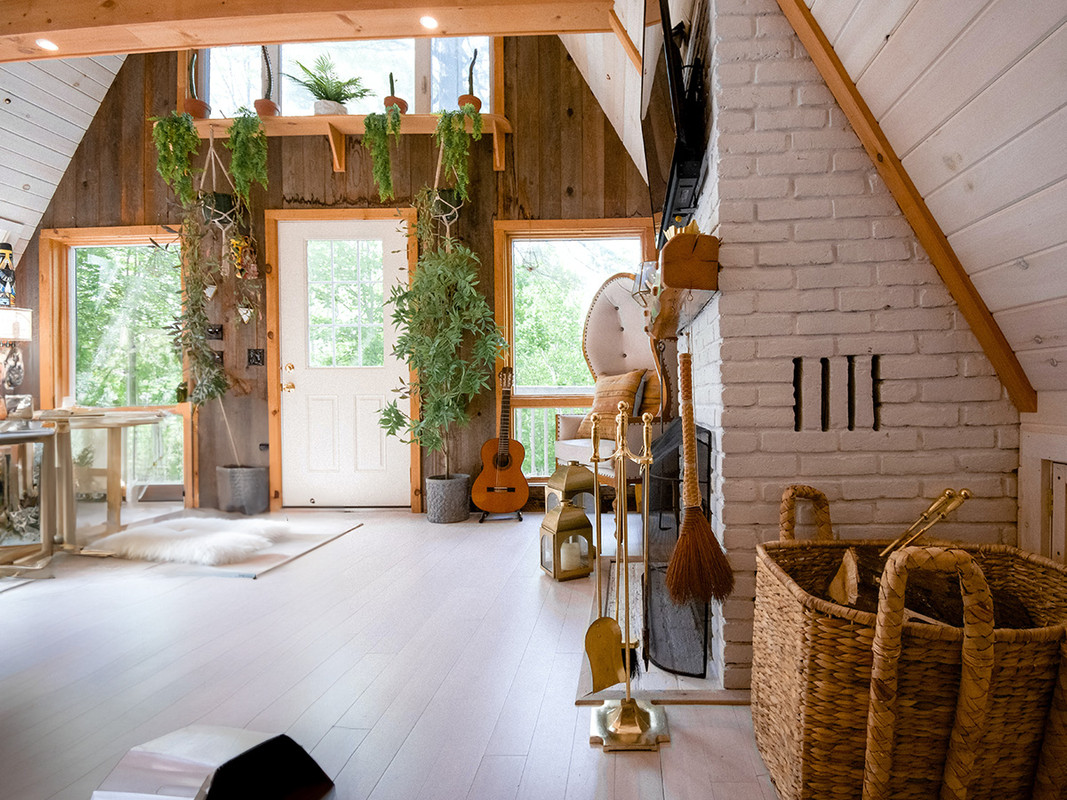

photo by andrea davis, unsplash
Houseplant Care for the "Botanically Challenged": Thriving Without a Green Thumb
Skylar Rivers | Thu May 11 2023
Do you long for a lush, vibrant indoor garden but feel like you're cursed with the opposite of a green thumb? Do your houseplants quiver in fear when you approach with a watering can? Fear not, for there's hope for even the most botanically challenged among us. With a few clever strategies and a dash of determination, you can transform your home into a green oasis. Here's your guide to houseplant care when you don't have a green thumb.
1. Choose Wisely: Start with Hardy Plants.
Even experienced gardeners sometimes struggle with finicky plants. To set yourself up for success, begin with low-maintenance houseplants. Consider the following options:
• Snake Plant (Sansevieria): Almost indestructible, it can tolerate low light and irregular watering.
• ZZ Plant (Zamioculcas zamiifolia): Thrives on neglect, it can survive in low light and doesn't mind dry spells.
• Pothos (Epipremnum aureum): Forgiving and adaptable, it can thrive in various lighting conditions.
2. Get to Know Your Plants
Understanding your plants' needs is crucial. Research your chosen houseplants' specific requirements for light, water, and humidity. Create a cheat sheet or set up reminders to help you stay on track.
3. Don't Drown Them: Water Sparingly
Overwatering is one of the most common mistakes. If you're unsure when to water, follow the "finger test." Stick your finger about an inch into the soil. If it feels dry, it's time to water; if it's still moist, hold off for a bit. Remember, it's better to underwater than to overwater.
4. Mind the Light: Find the Sweet Spot
Different plants have different light requirements. Observe where the sunniest spots are in your home and match your plants accordingly. If in doubt, choose low-light-tolerant plants that can survive in less-than-ideal conditions.
5. Embrace Technology: Smart Plant Care
Living in the digital age has its perks, even for those without green thumbs. Consider using smart plant sensors that monitor soil moisture, light levels, and temperature. They can send notifications and recommendations to your smartphone, helping you care for your plants more effectively.
6. Group Therapy: Create Microclimates
If your home doesn't have the ideal lighting conditions, group your plants together. Plants release moisture during transpiration, creating a microclimate that can benefit them collectively. This can help maintain the humidity levels your plants crave.
7. Use Foolproof Containers
Selecting the right containers can make your life easier. Choose pots with drainage holes to prevent root rot, and opt for self-watering pots or pots with built-in saucers to regulate moisture levels.
8. Develop a Routine
Establishing a regular care routine can help you stay on track. Set aside specific days for plant maintenance, such as watering, pruning, and dusting. Consistency is key.
9. Be Patient: Give Second Chances
Don't be discouraged by setbacks. Remember that even experienced gardeners make mistakes. If a plant starts to look unhappy, investigate its needs and make adjustments accordingly. Most plants are resilient and can bounce back with a little TLC.
10. Learn and Adapt
Lastly, don't be afraid to learn from your mistakes. Each plant you care for is a learning opportunity. Over time, you'll develop a better understanding of your plants' individual quirks and needs.
In conclusion, you don't need a green thumb to enjoy the benefits of houseplants. By choosing the right plants, understanding their needs, and implementing some simple strategies, you can create a thriving indoor garden that brings life and beauty to your home—even if you've never been known for your gardening skills. So, go ahead and turn your brown thumb green with a little care and a lot of love for your leafy friends.
Reviews:
